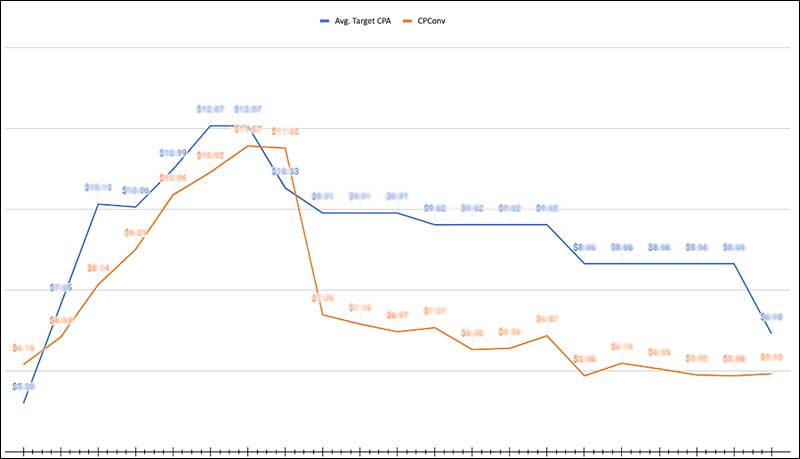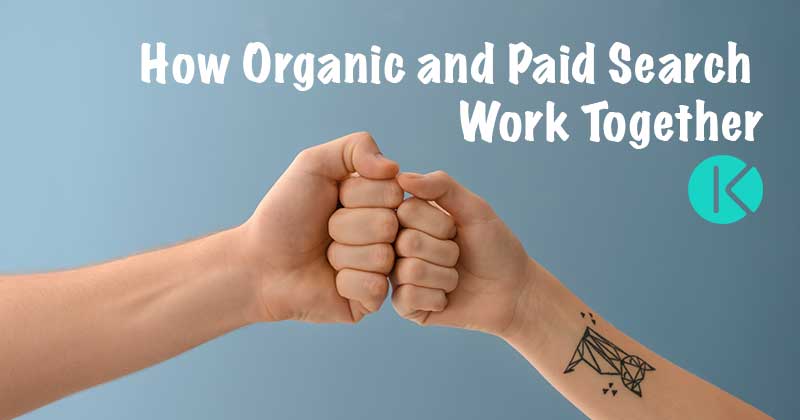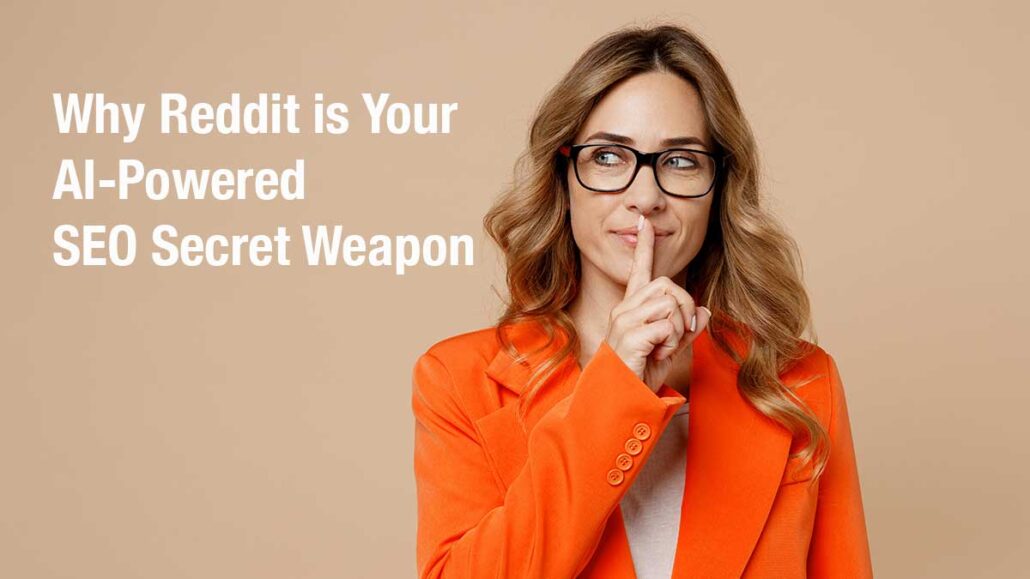Why paid search is your strategic search advantage during a recession
Inflation hurts. Every single thing costs more now. Groceries. Gas. School. Entertainment. Consumers are desperately trying to find ways to save money and spend less.
So they think twice about clicking on your paid search ad. They want to, but life is expensive now and they’re trying to be responsible. Words like inflation, recession, and debt are buzzing around in their brains – so they don’t click your ad.
This is scary. You need them to click. You want them to buy. If only they knew that you have the product that can help them. And this is exactly why you cannot cut your paid ad spend (even if your boss is telling you to).
Visibility matters. The more frequently people see your ad, your messaging, and your brand – the more likely they are to click. You need to be out there. You need to be visible. You need to be in front of your customers.
How can you possibly do this? Paid search ads cost more. Your budget has been slashed. You don’t have a team working for you anymore. But you still need to meet the same goals and KPIs (otherwise your job is on the line).
Enter organic search. This is your secret sauce. Organic search makes people click your paid ads. Organic search gives you that something extra you need to boost your visibility without busting your budget.
A hybrid search strategy built on strategic organic search and paid search is how you come out on top – always.
These stats from a recent Amsive Digital presentation stand out for me and I want you to remember them when you decide to cut your paid search spend:
- 5 Years: How long it took companies that pulled all media spend to return to pre-recession sales revenue
- 3 Years: How long it took companies that pulled spend by 50% to return to pre-recession sales revenue
- 10X ROI: Results from many companies who did not pull back spend and increased investment
Which company do you want to be?
Consumer Proof for Paid Search Ads
75% of people say paid search ads make it easy for them to find exactly what they want.
Your paid search ads can increase brand awareness by up to 80%.
46% of clicks in search engine results are for the top three pay-per-click (PPC) ads at the top of the page.
58% of millennials make purchase decisions due to a paid search ad.
28% of people click a paid search ad because they are familiar with the brand.
63% of consumers click ads when they are thinking about or ready to buy.
8:1 ROI for every $1 spent on a Google ad, generates $8 in profit.
33% of people click paid search ads because they answer a question.
(WebFX, Lunio, Social Shepherd, DemandSage)
How Organic and Paid Search Work Together
Organic and paid search work together to give you a targeted, cost-effective, and successful search strategy:
- Keyword Strategy: effective organic and paid search strategies should share keyword data. Paid search uses keyword data to inform ad structure, focus, wording, and messaging and organic search uses this data to guide content creation. Both have the same goal of optimizing for search intent and the customer journey.When organic and paid search share keyword data, you create a stronger search presence, allowing you to reach people across a wider search curve. As an extra bonus, sharing keyword data gives you more data to analyze, providing key insights into what resonates and gets people clicking.
- Enhanced Visibility: the top 4 Google search results are typically given to paid search ads. A hybrid organic and paid search strategy can help you rank in the top of the paid search results and in the top of the organic search results directly below the ads.When the organic search result and paid ad use the same messaging, branding, URL, and company name, people are more likely to click one of the options. The familiarity and consistent messaging helps to build trust and confidence in the usefulness of the search result.
- Short- and Long-Term Marketing: it takes time to see results with an organic search strategy. A paid search strategy can start converting immediately. A hybrid approach means that while your organic search strategy is building awareness and trust with Google, your paid search strategy gives your brand and messaging immediate visibility and SERP ranking.
- Higher Google Quality Score: Google uses Quality Score to rank and rate the relevance of your paid search ad copy, landing page, and keywords. A higher Google Quality Score can help lower your paid search ad cost and help your ads rank at the top of the SERP.
- Better Content: Google and your customers can see through thin paid and organic search strategies. They will not be tricked into prioritizing or clicking low-value ads or links.Paid and organic search give you the depth of data you need to create better ads and content. Use this data to inform your meta descriptions, keywords, landing page content, page title, social media content, website copy, email newsletters, and more.
- Controlled User Experience: paid search works behind-the-scenes of long-form organic search content. Using targeted and campaign-specific landing pages, your paid search content is optimized to minimize distraction and deliver on search intent.
Case Study: Balancing Paid and Organic Search for a National Supplement Brand
Our client, a national supplement brand had a successful brand marketing campaign using paid search and a strong organic search presence on Google and Bing.
Challenge: This brand had two concerns – the cost of the paid search campaign and cannibalization of organic search traffic.
Goal: Reduce spending on the branded paid search campaign without reducing the total clicks to the website and overall sales. Any lost paid search clicks needed to come from organic traffic.
Strategy: Over a 12 week period we tested different bidding strategies and budgets to find the point where traffic and sales did not suffer.
Result: At the end of 12 weeks, we found the ideal balance between paid and organic search, allowing us to reduce the custom acquisition costs (CAC) by close to 50%, while still receiving the same volume of clicks and sales.

Because this brand uses a hybrid strategy built on a strong organic search strategy and a shared keyword strategy across organic and paid search, the company has established strong visibility, trust, and confidence with search engines and customers. This makes it possible to reduce spending on paid search without sacrificing brand awareness, clicks, and conversions.
How To Maximize Your Paid and Organic Search Strategy
To maximize value from your paid and organic search strategy, do this:
Take advantage of your data.
Before you create new ads or content, you need to understand your data:
- What are people clicking?
- Which keywords are resonating?
- What is happens after the click?
- What is getting ranked at the top of the SERP?
- What are your competitors doing?
This data should guide what you do next.
Hint: use ChatGPT-4 to analyze your paid search data, search trends, consumer behavior, and click-through rates and then ask the tool to provide you with keywords, headlines, and content ideas based on this information.
Refresh, reuse, and repurpose high-performing ads and content.
Look for ways to refresh website content or repurpose landing pages to address a new search intent or customer journey focus. Find ways to reuse high-performing ad layouts and messaging with updated keywords or to target a new demographic.
Hint: use AI tools to help you refresh and repurpose you ad copy. It can be difficult to think of new ideas, ask a tool like ChatGPT to compare your ad to competitor ads and give you some new ideas.
Don’t fall into the routine of always creating new messaging, layouts, content, or landing pages – remember people like familiarity – it builds trust and confidence.
Drill down into search intent.
Search intent is the problem, question, or query a person wants solved. This drives the terms they enter in a search engine.
Your paid search ads and organic search strategy must be built around search intent. You need to know the questions people have, the type of information they’re looking for, where they are in the customer journey, and how they search for information.
Hint: ask ChatGPT-4 to analyze your keywords and give you the search intent behind these keywords and suggest additional information that might help people answer their questions, move along the buyer’s journey, and be compelled to click your link.
Eliminate low-value content.
There are no secrets on the internet – you cannot hide low-value content. Audit your website and your paid search campaigns – refresh anything that is outdated, poorly written, or does not meet your brand and company values.
Hint: ask ChatGPT-4 to review your website or specific pages. Ask it to act as an editor and evaluate your content for experience, expertise, authority, and trust. Use this tool to compare your content to competitors who rank higher than you in the search engine results or have higher performing ads and give you content suggestions.
You do not want people to find this content. And remember, Google includes this content when determining your expertise, authority, and trust (E-E-A-T) score.
Audit your paid search ads.
Audit and review your paid search ads, asking these 7 questions:
- Does the ad align with your PPC goals?
- How and why is your PPC campaign structured?
- Are you using the right keywords?
- Is your ad copy free of errors and does it align with your PPC goals?
- How well are your landing pages performing?
- When was the last time you monitored and tested your paid search ads?
- Does your ad copy compel people to buy by clearly articulating how your product benefits them?
Hint: it can be difficult to objectively audit your paid search ads and content. Use ChatGPT to do this for you, give the tool your ad or content, and ask it to audit it based on the 7 questions above.
Remember E-E-A-T, YMYL, and the Google Algorithm
You need to keep Google happy. Whenever you create new organic or paid search content or refresh existing content – you need to remember that Google is watching.
Always remember the basics of E-E-A-T and if you’re a YMYL company, pay extra attention to content quality, backlinks, references, and building your authority.
Hint: ask ChatGTP-4 to read Google’s guidance on helpful content and based on this information, evaluate your content, giving you actionable feedback on how you can improve your content to eliminate medium quality content.
Read these blogs for a refresher on E-E-A-T, YMYL, and creating content for Google:
- What You Need to Know About E-E-A-T
- Website and Content Quality Checklists: Four Content Self-Assessment Checklists
- Guide to Google Page Experience and Core Web Vitals
- YMYL, E-A-T, Page Quality and Building Trust with Google
Optimize your technical SEO.
Technical SEO is the framework that makes it easier for search engines to crawl, index, and rank your website. The best organic and paid search strategies cannot be effective with low-quality technical SEO.
Use our 8-step checklist to optimize your technical SEO:
- Mobile friendly
- Working links
- Fast website
- Secure website
- XML sitemap
- Duplicate content
- URL structure
- Robots.txt
Pay attention to how search is changing.
ChatGPT, Google’s Search Generative Experience (SGE), Microsoft’s Bing Chat, and AI web browser plug-ins are changing search, search results, and click-through rates.
This puts a priority on ensuring your ad copy, landing pages, emails, newsletters, blog content, and other copywriting is optimized for the buyer’s journey.
We don’t definitively know what search will look like in 6 months. But we do know that search intent, helpful content, E-E-A-T, People Also Ask, and keywords matter more than ever – you need to be visible at the exact right times in the buyer’s journey.
Hint: use SGE, ChatGPT, Bing, and AI browser plug-ins to search for your products, website, blogs, and keywords. Then give this information to ChatGPT-4, ask it to explain why this content was returned, and how you can improve your ad copy, landing pages, and content so it is returned in searches.
You need to know what questions and challenges people have and give them the answers in the most succinct and clear way possible. When you get this right, your content and ads become the obvious and easy answer for Google, Bing, and ChatGPT.
Above all else, remember the consumer. Why do they need you? How do you solve their challenges? Why should they click your ad, read your blog, and visit your website?
Communicate this clearly – in your ads, landing pages, and website content – make it easy for your customers, Google, Bing, and ChatGPT to trust you and your message.
People have less money to spend – and still want to buy. Your paid search ad budget is shrinking.
Get smart about paid and organic search – use a hybrid search strategy that ensures you stay visible and top-of-mind.
Be the company that 10X ROI because you invested in your search strategy.
Contact us to learn more about using organic and paid search to meet your campaign goals, build brand awareness, and to improve your ranking. We’re here to help you.
About the author
Kevin Hawke is the COO/Partner at Know Agency. As the COO at Know Agency, Kevin uses his 20 plus years of digital marketing experience to deliver success to our clients. Prior to working with Know Agency’s list of industry-leading clients, Kevin worked with a variety of brands – including AT&T, General Motors and Campbell Soup. In addition to leading key projects, Kevin uses his technical experience to provide a finely tuned, nimble operating infrastructure. He takes pride in Know Agency’s ability to expand and contract quickly to meet client resourcing and budget needs. Kevin started as a technologist and thrives on solving technical challenges and delivering results for our clients.




